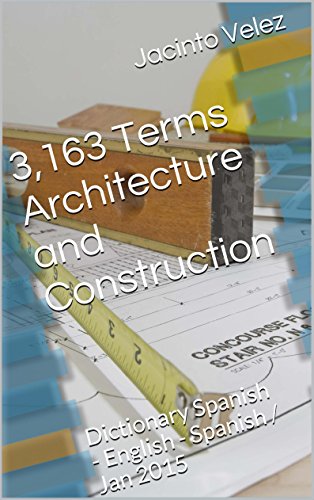Non-Mandatory Endorsement by Architects' Association in Spain
Architectural Services that Don't Require Endorsement by Architects' Association
In Spain, Royal Decree 1000/2010 determines which professional services should get mandatory endorsement by a Professional Association, as an exception to the client's choice. If we study its content, collated with the requirements of the 'Ley de Ordenación de la Edificación' (LOE), we can deduce which Architectural Services are considered to be exempt from endorsement.
1. Building Works Exempt from Endorsement
According to the LOE, new construction one-storey works with only minor constructive value and with technical simplicity, which character is not residential nor public, are not considered to be building works, so all architectural services needed to develop this kind of works are nor forced to be endorsed by the Architects' Association.
And the same goes for the projects of expansion, modification, alteration or rehabilitation of buildings, if they do not alter the architectural configuration and if they don't affect parts or elements subject to environmental protection, historical protection or artistic protection. It is understood that the work alters the architectural configuration of a building when it produces a substantial variation of the architectural composition, the built volumes, or the entire structural system, or it's targeted to change the characteristic building uses.
2. Exemption from Endorsement in Professional Services for Civil Services
Professional services contracted by Civil Services do not require endorsement by any Professional Association if they are subject to report by a project supervision office, or equivalent. The same goes for professional services contracted by a Civil Service in which the hiring process performs the verification of the identity and professional qualifications of the author's work, and checks the formal correctness and completeness of the delivered documentation.
3. Other Architectural Services without Endorsement
The following non-exhaustive list displays professional services that Spanish Architects can provide and which do not require endorsement by the Architects' Association:
- Urban Planning Services
- Definition of Boundaries, Stakeouts, Measurements and Valuations
- Technical Reports, Expert Opinions and Certificates
- Decor and Interior Design Services
- Structural Calculations, Documentation for Opening Permits, Construction Cost Schedules and Technical Inspection of Buildings.



